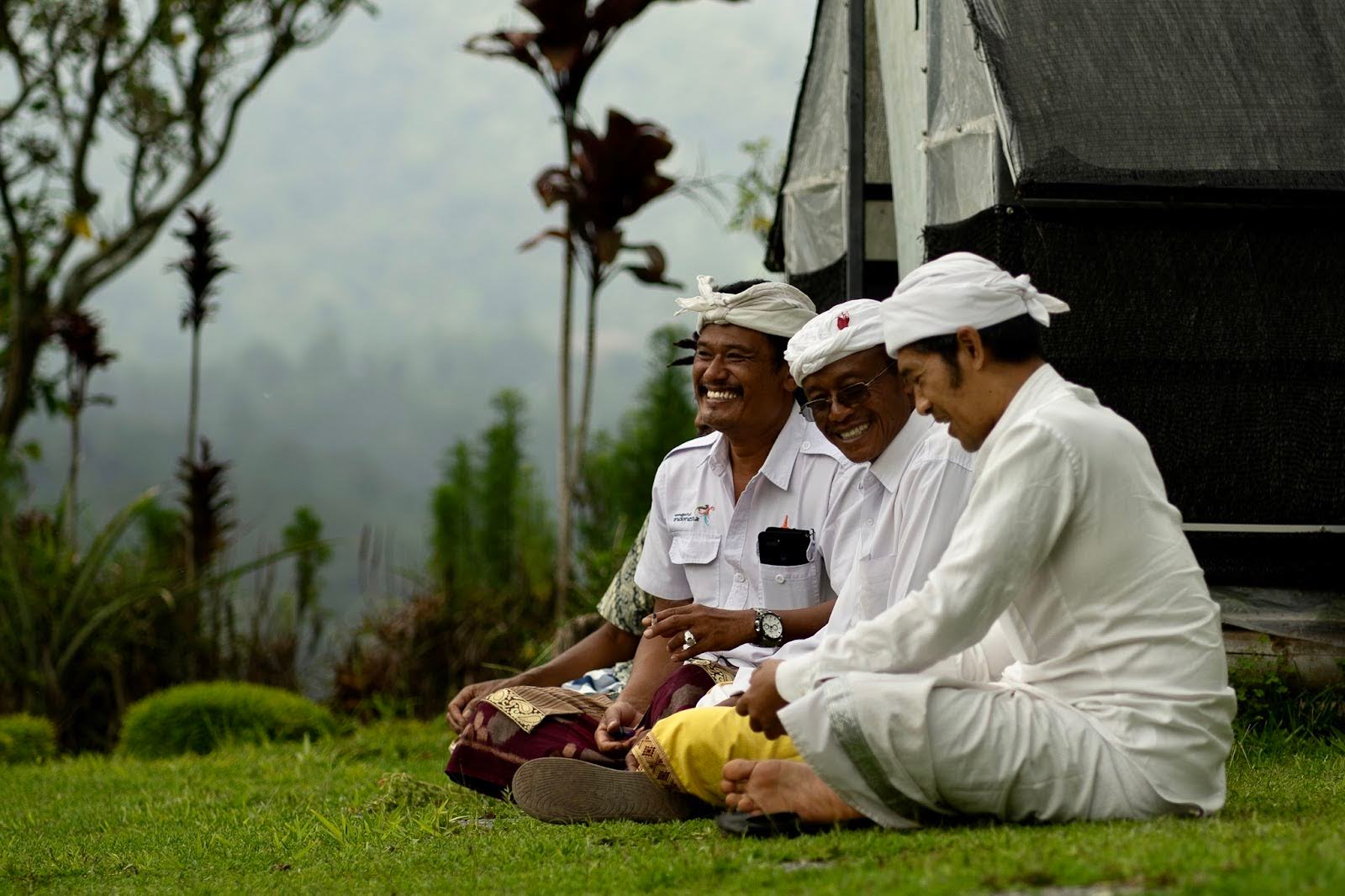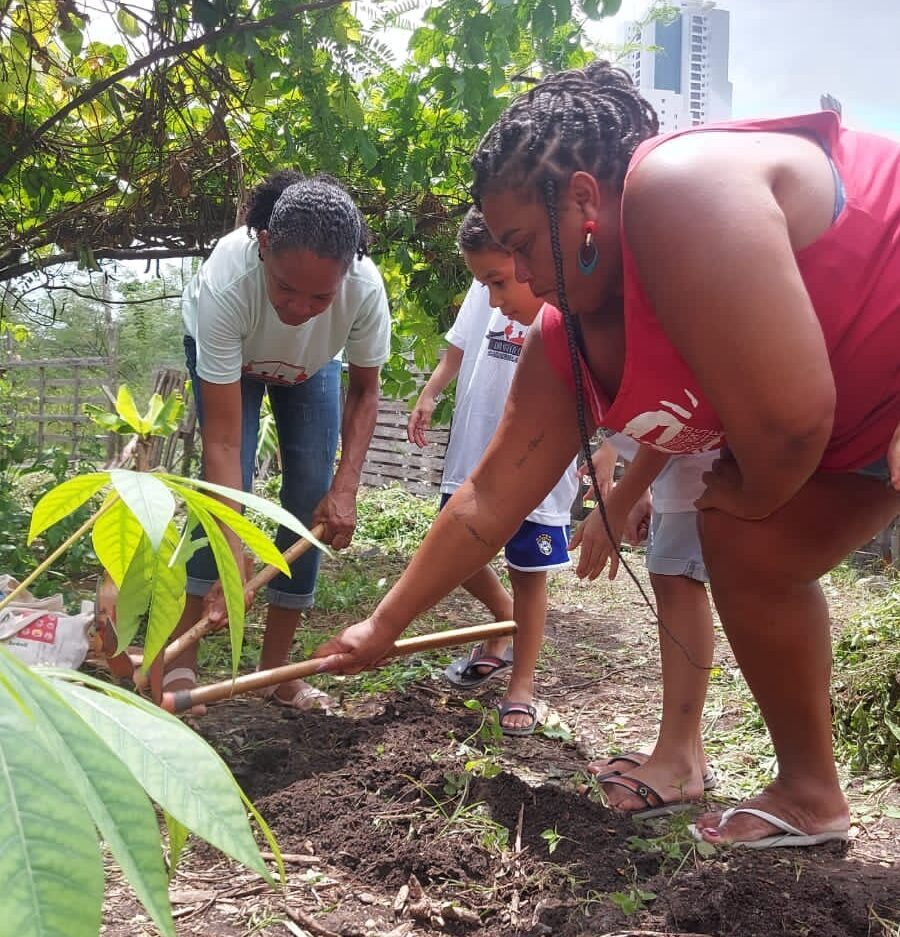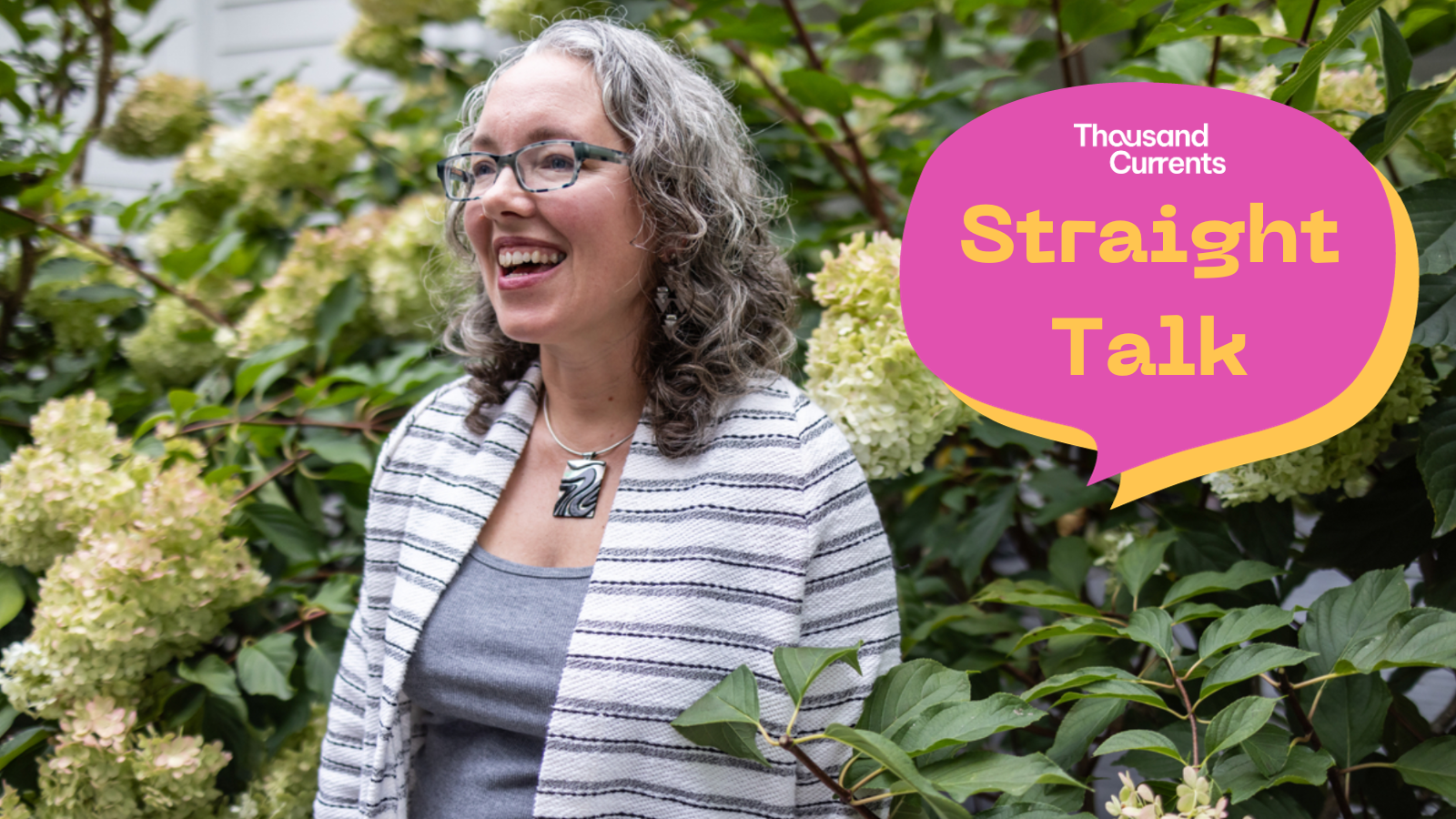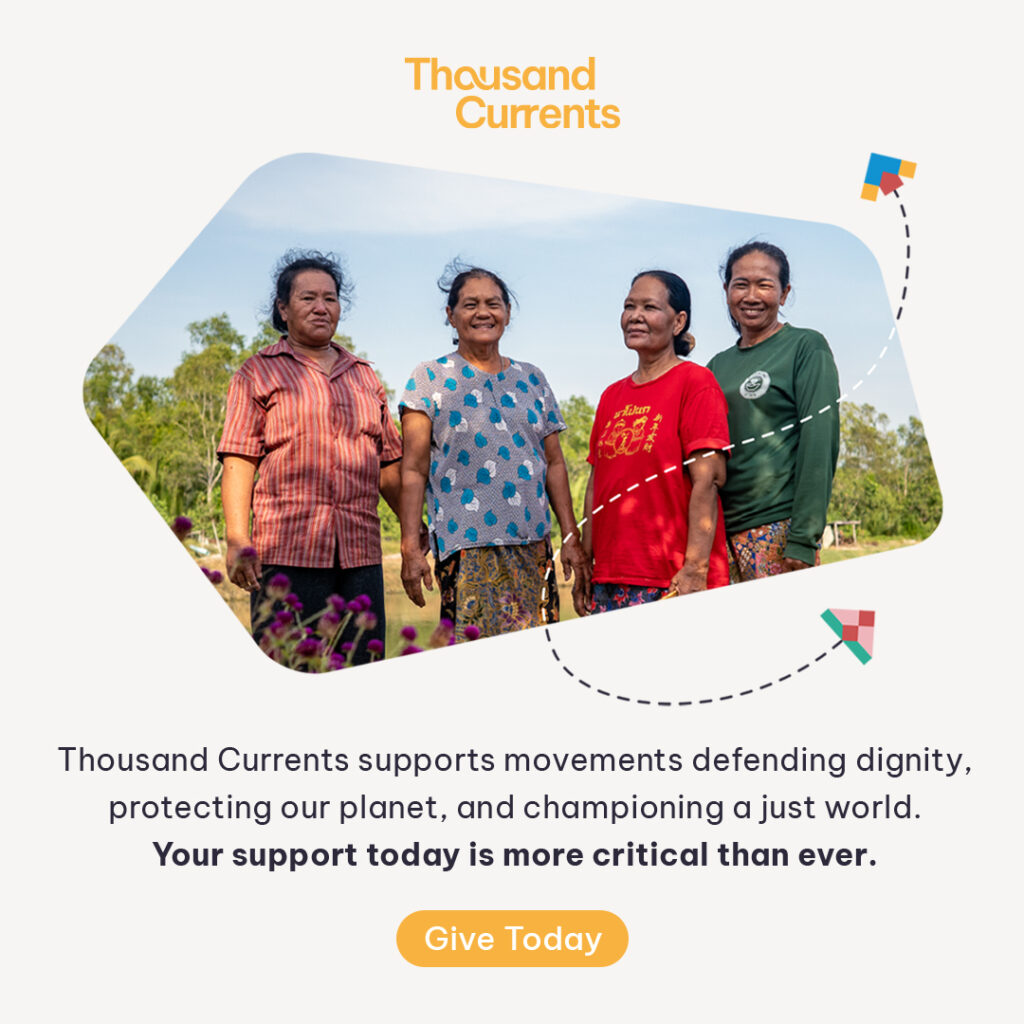In pursuit of understanding on International Women’s Day
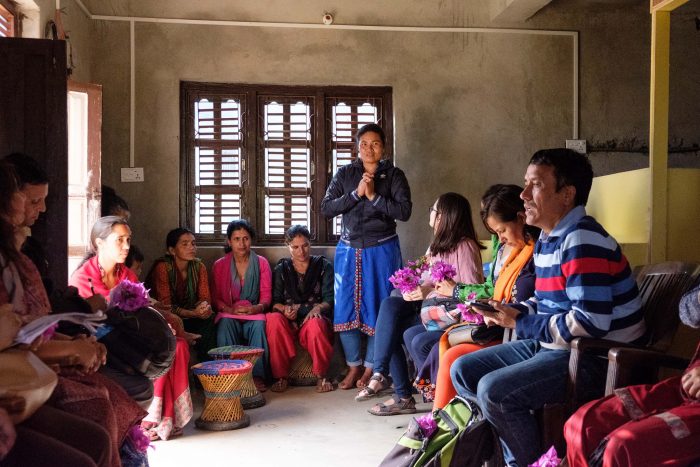
This op-ed is shared with us by Prativa Subedi of Nari Chetana Kendra (WACN), with Juliette Josse, a former WACN volunteer. It appeared in the Kathmandu Post following last International Women’s Day.
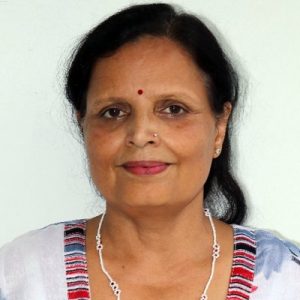
Prativa Subedi
The cornerstone of International Women’s Day is reducing women’s workload and bringing equality between genders. Nepal has officially been celebrating it on March 8 since 1975.
Historically, women all around the world have been celebrating the holiday for decades. The first celebration took place in New York City in 1857. American women wanted daily work to be limited to eight hours and equal rights between women and men. In 1908, women marched again to commemorate the 1857 rally with new demands like the right to vote and an end to low paid work and child labour. Thus the tradition of Women’s Day was launched.
In the Western part of the world, women gather as women, leaving behind all political ideologies, and the movement appears vivid and united. However, in Nepal, it is difficult to hold such a gathering because women have not been able to rise above political parties in many cases. In a complex society like ours, we cannot generalise the situation of women and expect homogenous claims: There is diversity in terms of cultural, social and economic situations.
Empty celebrations
A majority of rural women are unenthusiastic about celebrating this holiday. Village women see International Women’s Day as a Western celebration which is not connected with their needs. However, it is partly thanks to the women’s movement that, following the last [2017] election, rural women make up 40 percent of the representatives in local bodies.
Despite these improvements, how will rural women understand that equality can be achieved through the women’s movement, when they know that women recently got elected and nominated only by male politicians?
To illustrate our point, we will take the example of farmer Maiya Tiwari and senior political leader Asta Laxmi Shakya. What would be the meaning of International Women’s Day for two Nepali women from diverse perspectives?
Maiya Tiwari resides in Patlekhat village in Kavre district. Loaded with work, her story is representative of the lives of most Nepali women. Until recently, Maiya was selling onions, but at a lower price than the market price in order to compete with Indian products. She also had to walk and carry outrageously heavy sacks over steep paths to reach the marketplace in Kavre, and this made her ill. It took a long time for Maiya to recover. But with agricultural and economic training, she gained confidence selling her products in her village.
Maiya, and many other women farmers, do not feel that a march, instead of an economic programme such as an income generation programme, can improve women’s lives. Moreover, what’s the use of celebrating rights that Nepali women have yet to obtain? Indeed, they have to do a lot of work, and unpaid care work is still not as valued as it should be.
In the cities, women, if they know about March 8, tend to follow their male colleagues, especially in political movements: They are not the decision makers or initiators of the process. However, we cannot minimise the courage and will of Nepali women to change their status, as they obtained the right to vote in 1948, one year before India.
Connecting as women
According to the new constitution, 33 percent of the political seats must be held by women at every level, and also in both houses of Parliament, and this has been achieved. However, in the recent [2017] elections under the first-past-the-post system, only six out of the 275 members, or only 2.2 percent, are women. To fulfil the deficit and meet the constitutional requirement, political parties nominated other women. Similarly, in the seven Provincial Assemblies, there are only 18 women among 550 members, which works out to 3.3 percent.
Furthermore, there is not one woman chief minister in the seven provinces of Nepal. There was a good candidate: Asta Laxmi Shakya, a strong politician from the CPN-UML who has always been a women’s advocate. She was defeated by a junior male rival, Dormani Poudel, in Province 3 although she is the party vice-chair. This is due to manipulation observed between different groups within the political party.
Even then, women political leaders do not raise their voices as and for women in order to keep their position and advocate their own interests. Selfishness appears instead of sisterhood. In the political field, Nepali women are divided and strongly follow their male colleagues. In this case, Asta Laxmi Shakya cannot disconnect her commitment to women from the UML political line.
We now perceive that no matter what their economic status, women struggle to unite and help each other when they have the opportunity or even understand the need for sisterhood in improving women’s rights.
That is why International Women’s Day is celebrated sporadically in Nepal. In consequence, village women are twice disadvantaged: First, by lack of recognition and gratefulness for the work they do; second, by poverty and misery. This inequality affects Nepal’s development, and female political leaders should try to erase it by fostering women’s rights before political advocacy.
Subedi is President of the Women Awareness Centre Nepal (WACN) and Josse is a law and philosophy student who volunteered at WACN. Subedi is the author of two books, Nepali Women Rising (1997) and Nepali Women at the Crossroads (2010).
Related Stories
